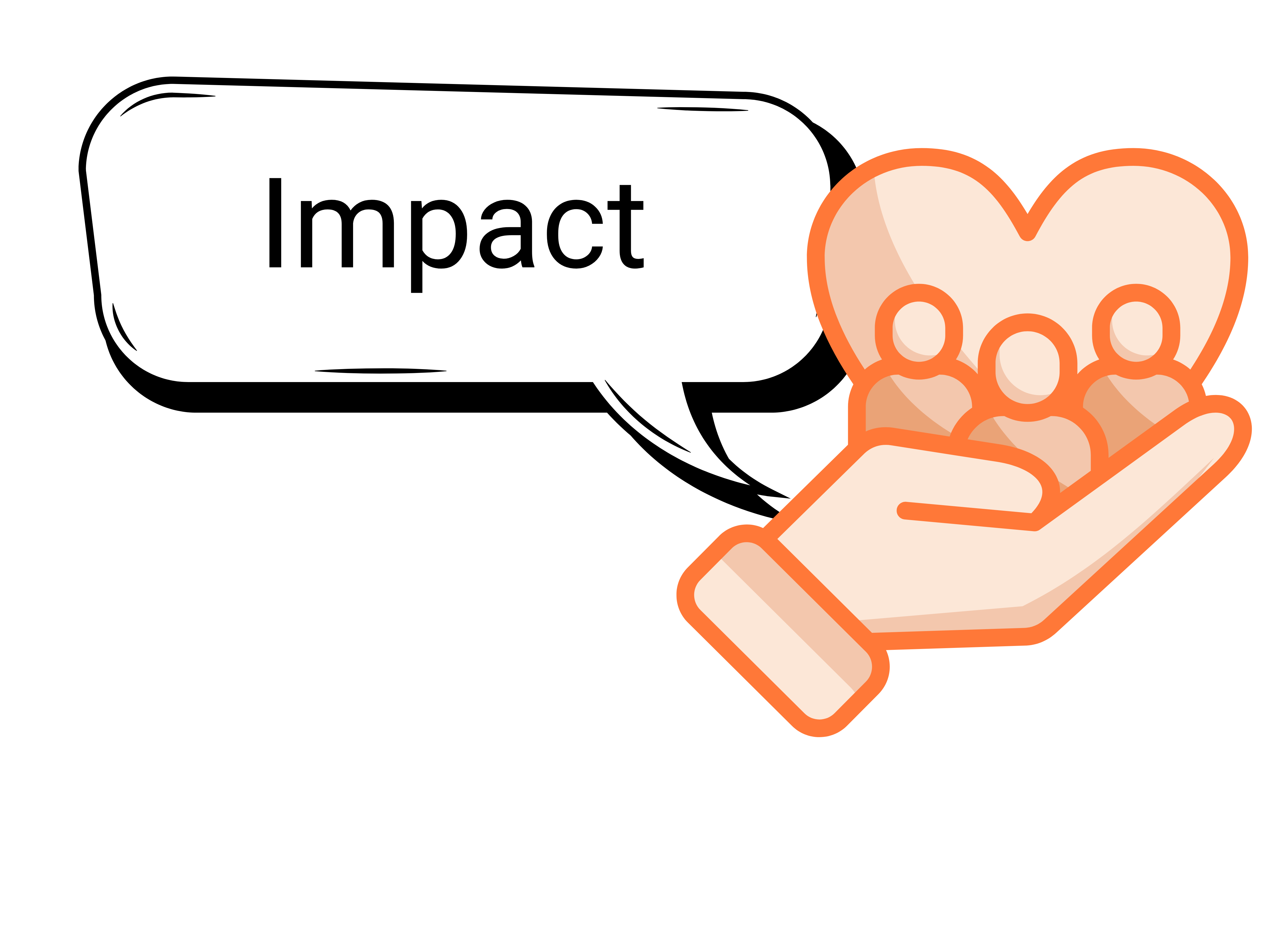Designing for All: Why "Headings" Matter
Headings structure content for better navigation, helping users with assistive technologies easily find and understand information. Proper use of headings enhances readability and accessibility for all users.

Importance of Headings
Headings are vital for accessibility, providing a clear structure to content, helping all users, especially those using screen readers, understand how information is organized. They guide users through sections, making content easier to scan, navigate, and comprehend.

Impact of Headings ?
Well-structured headings improve accessibility by allowing screen readers to jump between sections efficiently. They also enhance usability for all users by breaking content into manageable parts, supporting better focus and a more intuitive reading experience.
Best Practices for the Headings:
Organizing Headings
Headings help organize text into manageable sections, making it easier to read. By using heading levels 1 (<h1>) to 6 (<h6>), you can create a clear structure for your content. Ensure that headings follow a logical order without skipping levels, as this improves content accessibility and comprehension for users of assistive technologies.
-
Start with Heading 1
Begin with Heading 1, which is the primary and most significant heading on your page, typically matching the title of the page. It’s recommended to use only one Heading 1 per page for clarity and structure. Under this Heading 1, you can incorporate multiple Heading 2s, and from there, continue building your heading hierarchy in a logical, sequential manner. This ensures your content is well-organized and easy to navigate.
-
Avoid skipping heading levels
Skipping heading levels can disrupt the logical flow of content, making it harder for users, especially those relying on assistive technologies like screen readers, to navigate and understand the structure of the page. For example, avoid jumping directly from a Heading 3 to a Heading 5 without using a Heading 4 in between. However, it's fine to go back to a Heading 3 from a Heading 5. Maintaining a consistent and sequential heading structure ensures that all users can easily follow and comprehend the organization of the information.
Writing Headings
Headings should be clear and specific, providing a concise preview of the content that follows. They should be informative enough that someone can understand the main idea of the page by skimming the headings alone.
For example:
- Clear Heading: "Benefits of Digital Accessibility" clearly explains what will be covered.
- Unclear Heading: "Digital Accessibility Overview" is too vague and doesn’t give a clear indication of the content.
Semantics of Headings
Headings are meant to define the structure of your content, not to simply make text appear larger or bolder. Screen readers help users with visual or cognitive disabilities navigate a page by reading out the heading levels. It’s crucial to use the built-in heading styles of your platform or tool to ensure proper navigation for these users.
If you want to highlight specific content, consider using:
-
Bold text
-
Lists
-
Special styling (if you're able to customize the design)
Additional Tips
For more information, check out the WCAG 2.2 (Web Content Accessibility Guidelines) for detailed guidance on ensuring your web and document content is fully accessible.
Contact Us
If you have any questions or need further assistance with the tool, please don’t hesitate to contact us at 845-575-3572.
